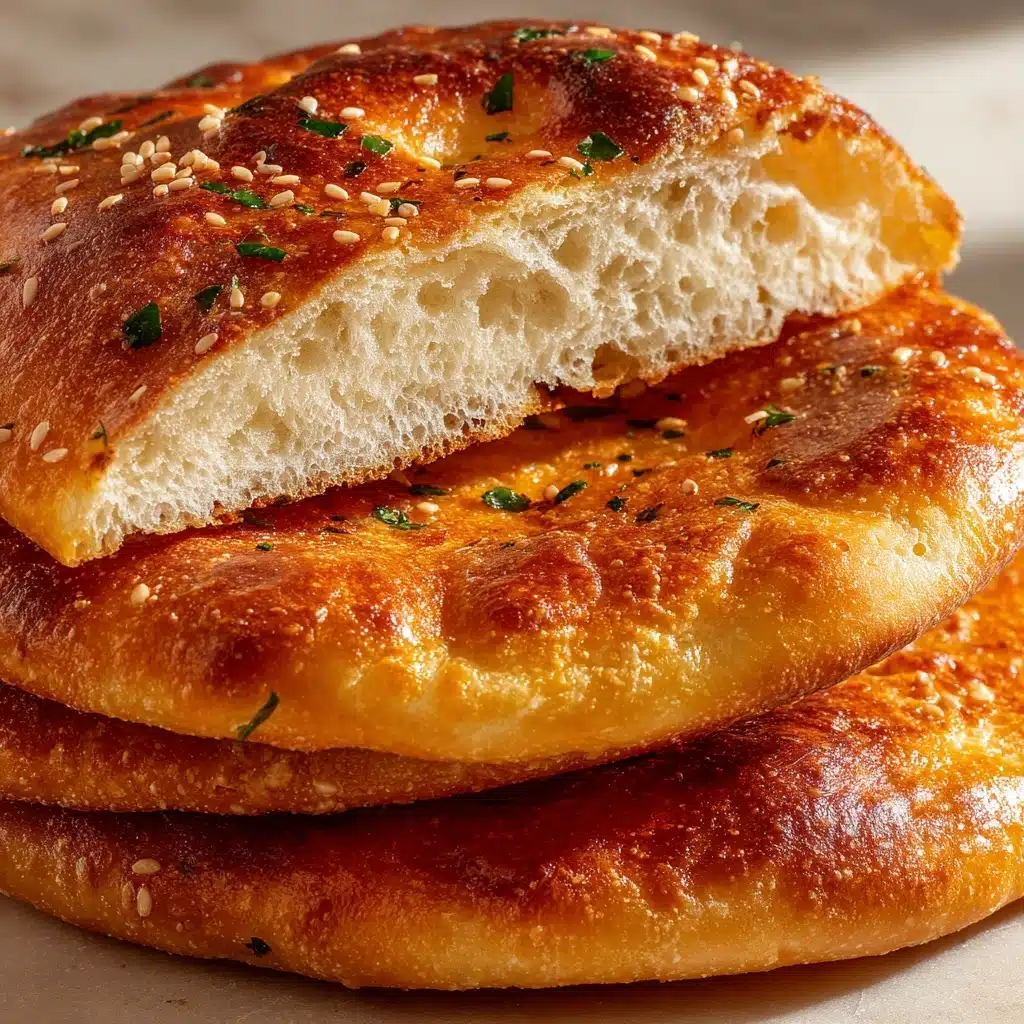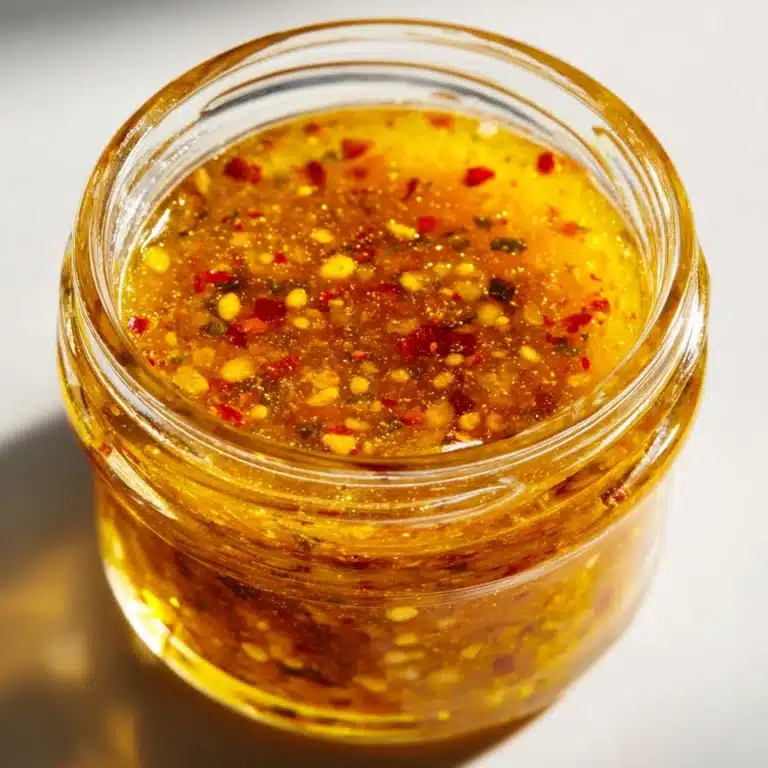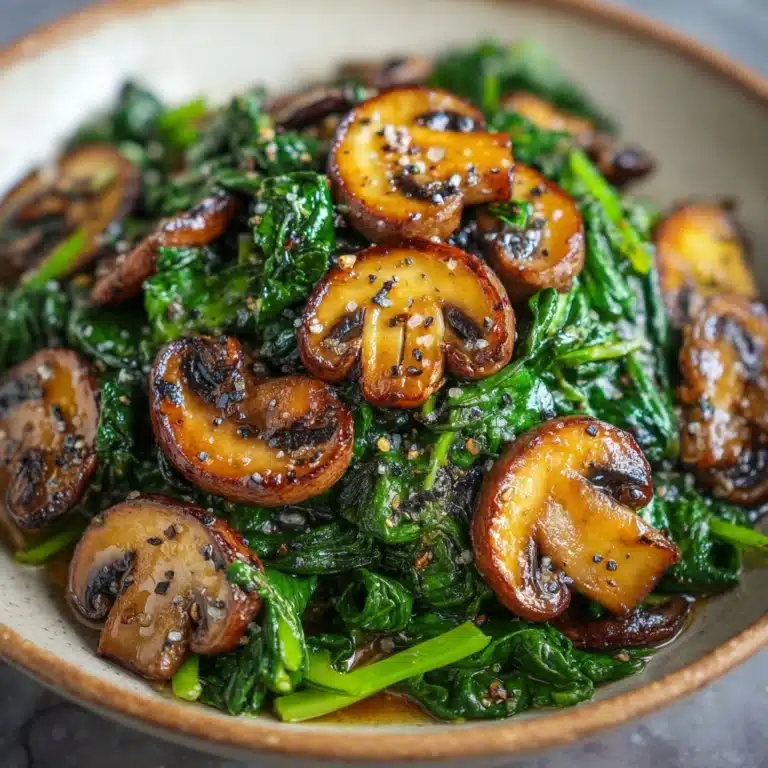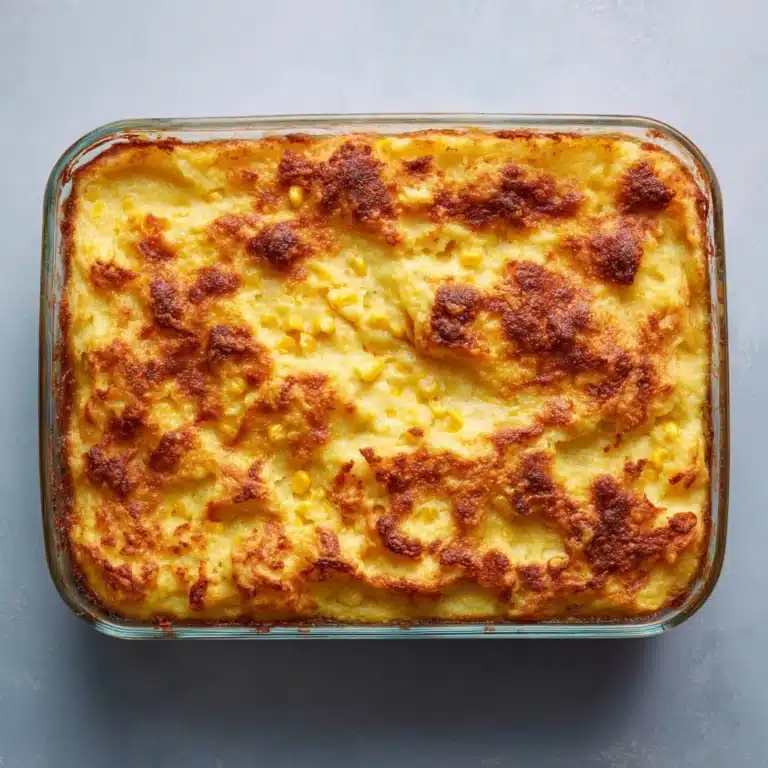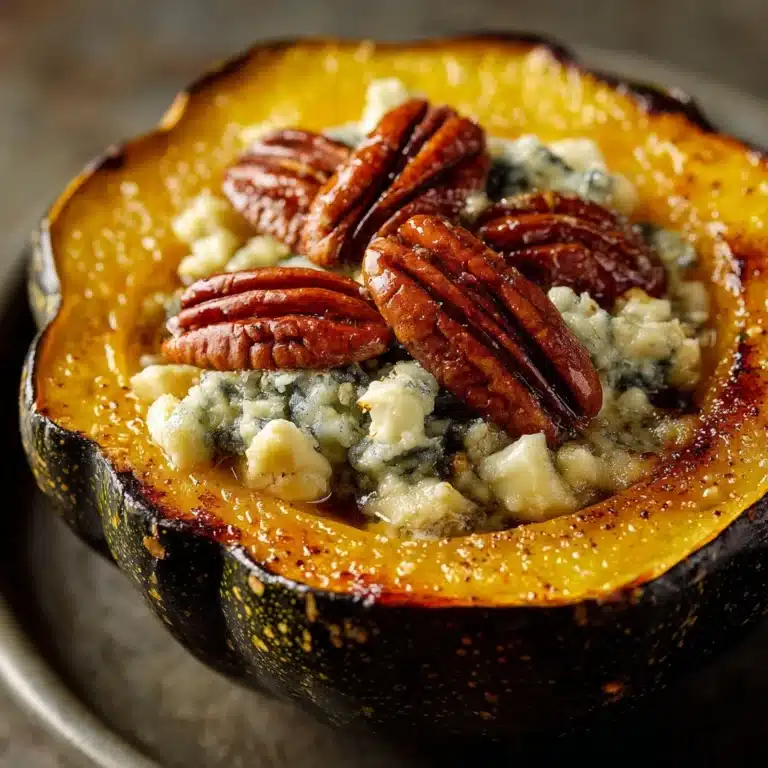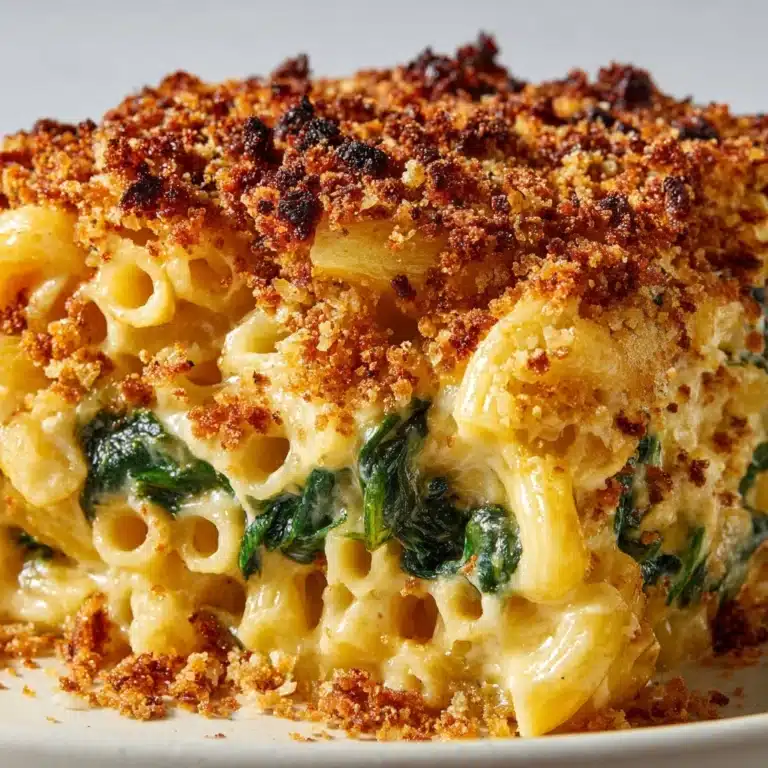If you’ve never tried Croatian Lepinja Bread, you are in for a true bakery-style treat at home. This pillowy, airy Balkan flatbread is beloved for its tender crumb, golden crust, and ability to transform even the simplest meal into something unforgettable. Whether you’re using it to scoop up ćevapi or tucking in juicy veggies for a hearty sandwich, Croatian Lepinja Bread always delivers homemade warmth and rustic flair. Let’s roll up our sleeves and bake this regional staple together—it’s sure to become a tradition in your kitchen!
Ingredients You’ll Need
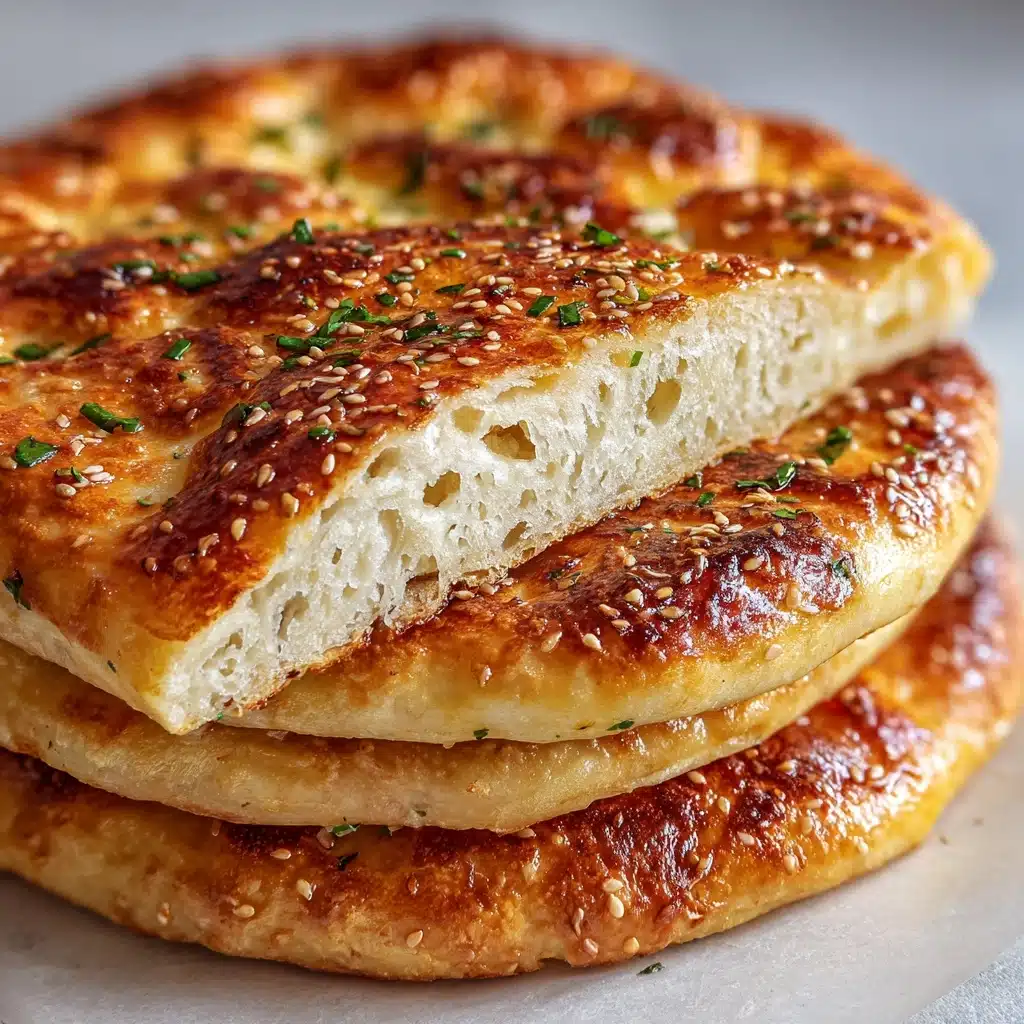
Ingredients You’ll Need
One of the unbeatable perks of making Croatian Lepinja Bread is how few ingredients you need—yet each one is there for a reason, contributing to the bread’s soul-soothing taste and texture. Take a closer look at each essential component below to appreciate the magic they bring to your baking session:
- All-purpose flour: The sturdy yet versatile base that gives the bread its structure and signature pillowy softness.
- Active dry yeast: The critical ingredient for getting that irresistible rise and airy holes—treat it well and your bread will reward you.
- Warm water (110°F/45°C): Ensures the yeast wakes up and gets bubbly, while hydrating the dough just right.
- Sugar: Just a teaspoon, but it helps activate the yeast and adds a touch of golden color.
- Salt: Balances out the flavors and gives the bread the right amount of savoriness.
- Olive oil: Adds a hint of richness, helps the dough stay tender, and contributes a golden shine to the crust.
How to Make Croatian Lepinja Bread
Step 1: Activate the Yeast
Begin your Croatian Lepinja Bread journey by dissolving the active dry yeast and sugar in warm water. Allow this mixture to rest for 5 to 10 minutes. As the yeast feeds on the sugar and comes to life, it should become foamy—proof that the lepinja will rise to perfection!
Step 2: Mix Dry Ingredients
In a spacious bowl, whisk together all-purpose flour and salt. This even distribution ensures every bite of bread is perfectly seasoned. Creating a well in the center not only makes mixing easier, but sets the stage for combining wet and dry ingredients seamlessly.
Step 3: Form the Dough
Pour your foamy yeast mixture and a splash of olive oil into the flour well. Use your hands or a wooden spoon to combine everything until a soft, shaggy dough starts to form. If the dough is sticky, don’t worry—keep mixing until everything is just incorporated.
Step 4: Knead Until Smooth
Turn the dough onto a lightly floured surface, then knead for 8 to 10 minutes. Watch as it transforms beneath your palms, becoming supple and elastic. This crucial step helps develop the gluten that gives Croatian Lepinja Bread its light, airy chew.
Step 5: First Rise
Gently transfer your dough to an oiled bowl and cover it with a damp towel. Let it rise somewhere warm for about one hour, or until doubled in volume. This is where the magic happens, and patience is rewarded with an ultra-soft crumb.
Step 6: Shape the Lepinja
Punch down the risen dough and divide it into six equal portions. Roll each piece into a ball, then gently press and shape each into a flat disc about half an inch thick. Arrange your lepinja rounds on a parchment-lined baking sheet, cover, and let them relax for another 15 minutes.
Step 7: Bake to Golden Perfection
Preheat your oven to a robust 475°F (245°C) with a baking stone or inverted baking sheet inside to mimic that classic bakery blistered bottom. Transfer the dough rounds onto your pre-heated surface and bake for 7 to 10 minutes, watching as they puff up and turn lightly golden. Cool just enough so you can tear into them—ideally while still warm and steamy.
How to Serve Croatian Lepinja Bread
Garnishes
Amp up your Croatian Lepinja Bread by brushing the tops with a little olive oil as soon as they emerge from the oven. A light sprinkle of flaky sea salt or fresh herbs like parsley or oregano can add a pop of flavor and color, making every bite even more irresistible.
Side Dishes
Traditionally, Croatian Lepinja Bread is the ultimate companion for grilled meats such as ćevapi or pljeskavica, but don’t stop there! It pairs beautifully with roasted veggie platters, tangy dips like ajvar, or even as an alternative to naan on curry night—let your imagination lead.
Creative Ways to Present
Think beyond basic bread—split your lepinja open and turn it into a warm, pillowy pocket for sandwiches stacked with grilled veggies or your favorite protein. You can even cube and toast leftover pieces for croutons, or serve wedges in a rustic basket as a shareable starter at your next gathering.
Make Ahead and Storage
Storing Leftovers
If you have extra Croatian Lepinja Bread, let it cool completely before tucking it into an airtight container or zip-top bag. It keeps beautifully at room temperature for up to two days—perfect for easy sandwiches or a quick snack the next day.
Freezing
For longer storage, Croatian Lepinja Bread freezes incredibly well. Wrap each cooled bread individually in plastic wrap or foil, then stash in a freezer bag for up to three months. When the craving hits, simply thaw at room temperature or reheat straight from the freezer.
Reheating
To bring leftover lepinja back to its original glory, simply warm in a 350°F (175°C) oven for 5 to 7 minutes. If you like a touch of moisture, wrap the bread in foil or spritz with water before reheating. You’ll be rewarded with fluffy, bakery-style freshness every time.
FAQs
Why didn’t my Croatian Lepinja Bread puff up in the oven?
A flat lepinja usually means your oven wasn’t hot enough or the dough was overworked. Make sure to let the oven fully preheat with your baking stone or sheet inside, and avoid flattening the discs too much before baking. That initial blast of heat is crucial for creating those lovely air pockets.
Can I make Croatian Lepinja Bread without a baking stone?
Absolutely! An inverted (turned upside down) heavy baking sheet that’s preheated will yield similar results. The goal is to give the dough direct contact with a hot surface for a fast, even bake and nicely blistered bottom.
Is it possible to use whole wheat flour in this recipe?
You can substitute up to half of the all-purpose flour for whole wheat for a slightly heartier and more rustic Croatian Lepinja Bread. Start with a bit more water if the dough feels stiff, as whole wheat flour absorbs more liquid.
How do I know if the dough has risen enough?
A good rule of thumb: when you poke the risen dough with a finger, the indentation should spring back slowly. If it springs back immediately, let it rise longer. If it stays indented and starts smelling a little sour, it may be over-proofed.
Can I double the recipe for a party?
Yes! Croatian Lepinja Bread scales up nicely for gatherings. Just double all ingredients and divide the larger dough ball into as many pieces as you desire. Bake in batches and keep the finished breads warm and wrapped until ready to serve.
Final Thoughts
There’s something truly special about pulling your own Croatian Lepinja Bread from the oven—soft, golden, and ready to delight everyone around your table. Whether it’s the centerpiece for a Balkan feast or a humble side for weeknight dinner, give this recipe a try and let your kitchen be filled with the irresistible aroma of homemade bread. Happy baking!
Print
Croatian Lepinja Bread Recipe
- Total Time: 1 hour 30 minutes
- Yield: 6 breads 1x
- Diet: Vegan
Description
Learn how to make traditional Croatian Lepinja Bread with this easy recipe. These round flatbreads are perfect for serving with grilled meats or as a sandwich bread.
Ingredients
Dough:
- 4 cups all-purpose flour
- 1 packet active dry yeast (2 1/4 teaspoons)
- 1 1/2 cups warm water (110°F/45°C)
- 1 teaspoon sugar
- 2 teaspoons salt
- 2 tablespoons olive oil
Instructions
- Dissolve Yeast: In a small bowl, dissolve the yeast and sugar in warm water. Let it sit for 5 to 10 minutes until foamy.
- Mix Dough: In a large bowl, whisk together the flour and salt. Make a well in the center and add the yeast mixture and olive oil. Mix until a soft dough forms.
- Knead Dough: Knead on a lightly floured surface for about 8 to 10 minutes, or until smooth and elastic.
- Rise: Place the dough in a lightly oiled bowl, cover with a damp towel, and let it rise in a warm place for 1 hour, or until doubled in size.
- Shape and Rest: Punch down the dough and divide into 6 equal pieces. Shape each into a round flat disc about 1/2 inch thick. Let rest for 15 minutes.
- Bake: Preheat the oven to 475°F (245°C) with a baking stone or sheet inside. Transfer the bread rounds to the hot surface and bake for 7 to 10 minutes, or until puffed and golden.
- Serve: Cool slightly before serving.
Notes
- Lepinja is traditionally served warm with grilled meats or used as a sandwich bread.
- For extra flavor, brush the tops lightly with olive oil before baking.
- Best enjoyed the same day, but can be frozen and reheated.
- Prep Time: 1 hour 20 minutes
- Cook Time: 10 minutes
- Category: Bread, Side Dish
- Method: Baking
- Cuisine: Croatian, Balkan
Nutrition
- Serving Size: 1 bread
- Calories: 240
- Sugar: 1 g
- Sodium: 390 mg
- Fat: 4 g
- Saturated Fat: 1 g
- Unsaturated Fat: 3 g
- Trans Fat: 0 g
- Carbohydrates: 45 g
- Fiber: 2 g
- Protein: 7 g
- Cholesterol: 0 mg
